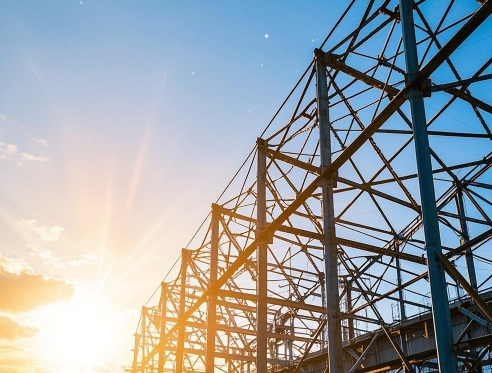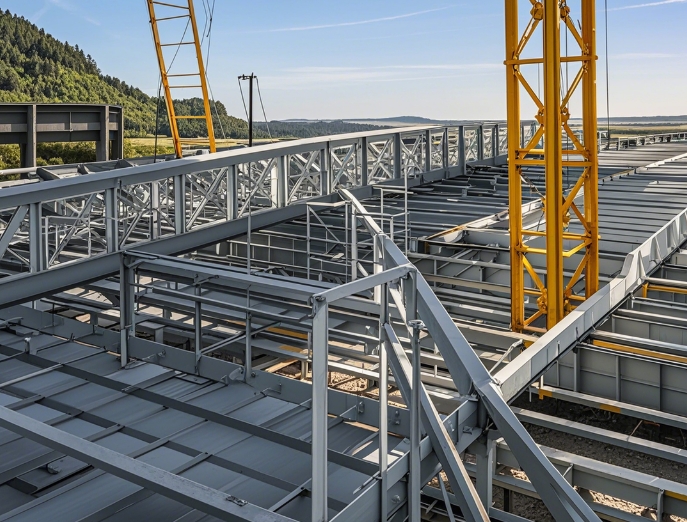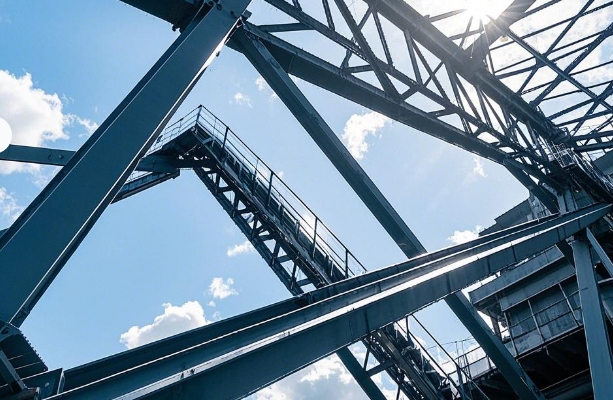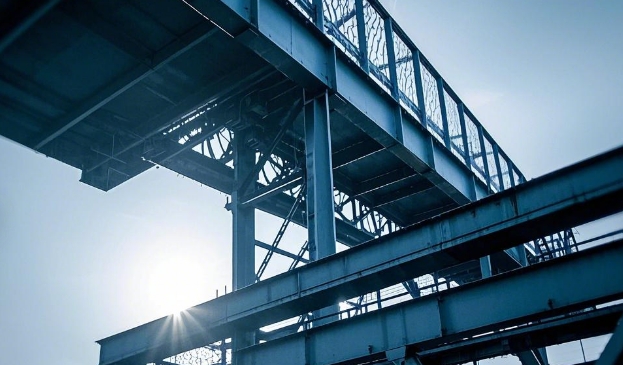Thermal spraying anti-corrosion of grid metal: full analysis of principles, materials, and implement
更新时间:2025-01-24 16:26:01•点击:1800225 • Grid Knowledge
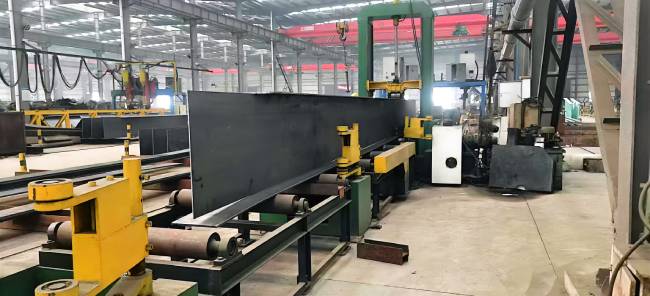
Metal thermal spraying anti-corrosion is an efficient and durable technical means in the protection of grid structures, playing a key role in ensuring the durability and safety of the grid.
Technical principlesMetal thermal spraying anti-corrosion is the process of using a high-temperature heat source to heat metal materials to a molten or semi molten state, atomizing them into small particles through high-speed airflow, and spraying them onto the surface of the pre treated grid steel structure. These small particles quickly flatten and condense upon impact with the grid surface, stacking together to form a continuous metal coating. This coating not only physically isolates the grid from corrosive media, but also, due to its electrochemical properties, can act as an anode to provide cathodic protection to the grid substrate in specific environments, effectively suppressing the corrosion process of the grid.
Common materials
1. Zinc and zinc alloys: Zinc has a lower electrode potential and can react with oxygen in atmospheric environments to form a dense zinc oxide protective film. Zinc alloy is widely used for anti-corrosion of grid structures in general atmospheric environments by adding small amounts of other elements such as aluminum, magnesium, etc. to further improve its corrosion resistance and coating performance.
2. Aluminum and aluminum alloys: Aluminum quickly forms a stable aluminum oxide film in air, which has good chemical stability and weather resistance. Aluminum alloy combines the advantages of aluminum and enhances its strength and toughness through alloying, making it suitable for grid structures in harsh corrosive environments such as marine climates.
Significant advantages
1. Long term protection: The metal thermal spray coating is firmly combined with the grid substrate, not easy to fall off, and can provide long-term stable anti-corrosion protection for the grid. The service life can reach 20-50 years, reducing the manpower, material resources, and financial consumption caused by frequent maintenance.
2. Strong adaptability: Suitable spraying materials and process parameters can be selected according to different corrosive environments and usage requirements. Whether it is in industrial pollution areas, marine environments, or general atmospheric environments, the grid can achieve good anti-corrosion effects.
3. Good adhesion: The coating and the grid substrate are tightly connected through mechanical interlocking and metallurgical bonding, which can withstand certain mechanical stress and deformation and will not fail due to slight vibration or deformation of the grid.
Implementation method
1. Surface pretreatment: This is a crucial step in determining the quality of the coating. Firstly, mechanical rust removal methods such as sandblasting are used to thoroughly remove impurities such as rust, oxide scale, and oil stains from the surface of the grid, resulting in a surface roughness of Ra3.2-12.5 μ m, providing a good adhesion foundation for the coating. Meanwhile, the sandblasted surface should be sprayed within 4 hours to prevent secondary rusting.
2. Thermal spraying construction: Select suitable thermal spraying equipment based on the structural characteristics of the grid and site conditions, such as flame spraying, arc spraying, or plasma spraying. During the spraying process, strictly control the distance between the spray gun and the surface of the grid (usually 100-300mm), the spraying angle (not less than 75 °), and the spraying speed to ensure uniform coating thickness. According to the design requirements, spray multiple times to achieve the specified coating thickness. Generally, the thickness of zinc and aluminum coatings is between 100-300 μ m.
3. Post coating treatment: After spraying, conduct a visual inspection of the coating to ensure that there are no defects such as missed spraying, blistering, peeling, etc. Timely repair local defects. Then, a layer of sealing paint, such as epoxy sealing paint, is usually applied on the surface of the coating to further improve the anti-corrosion and weather resistance of the coating. The thickness of the sealing paint is generally 20-50 μ m.
The metal thermal spraying anti-corrosion technology for grid structures provides reliable anti-corrosion protection for grid structures with its unique principles, diverse material selection, and scientific implementation methods, and has broad application prospects in various construction and engineering fields. By strictly controlling each implementation link, its advantages can be fully utilized, the service life of the grid can be extended, maintenance costs can be reduced, and significant economic and social benefits can be created.
Recommended Reading
-
Full analysis of seismic design and maintenance of grid structure
2025-02-27 16:16:52•1197927 次
-
What are the key process points to follow in order to ensure the quality of grid processing?
2025-02-27 11:21:00•115753 次
-
What type of construction is the grid mainly suitable for?
2025-02-25 16:42:00•111911 次
-
Quality control requirements of grid manufacturers!
2025-02-25 16:02:44•208078 次
